Stig Anton Nielsen
Artificial Plants - Vascular Morphogenesis Controller-guided growth of braided structures
Apr 17, 2018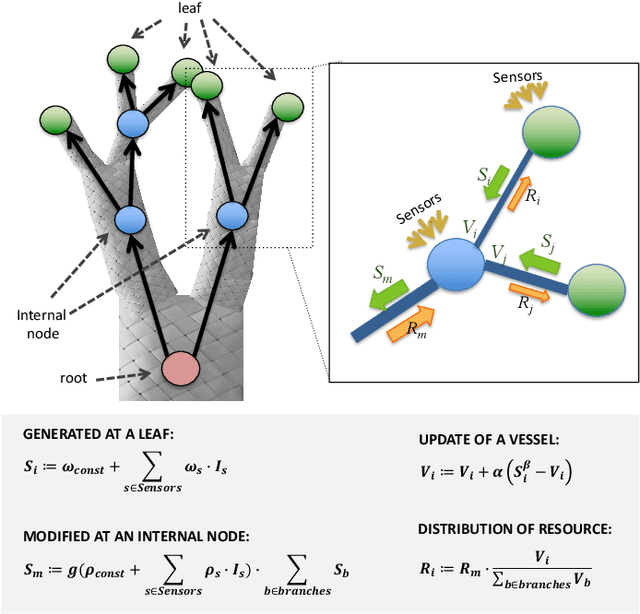

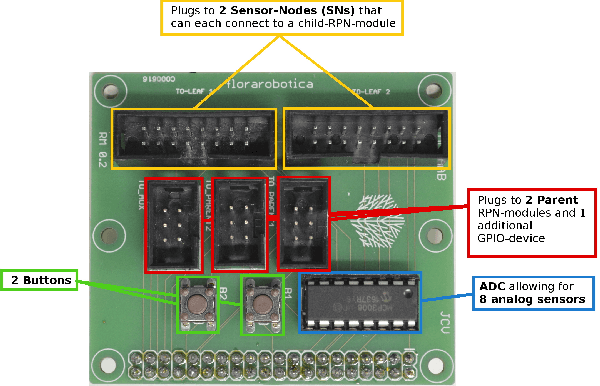
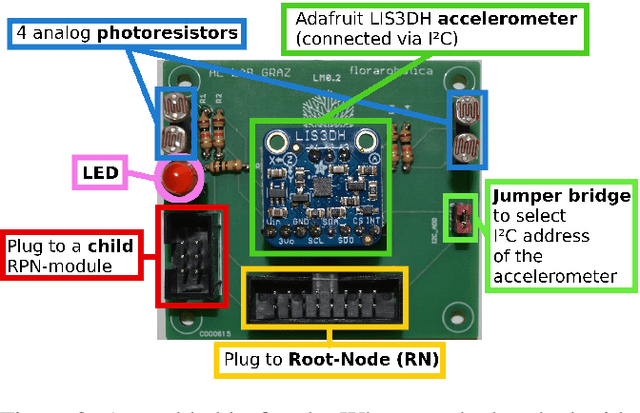
Abstract:Natural plants are exemplars of adaptation through self-organisation and collective decision making. As such, they provide a rich source of inspiration for adaptive mechanisms in artificial systems. Plant growth - a structure development mechanism of continuous material accumulation that expresses encoded morphological features through environmental interactions - has been extensively explored in-silico. However, ex-silico scalable morphological adaptation through material accumulation remains an open challenge. In this paper, we present a novel type of biologically inspired modularity, and an approach to artificial growth that combines the benefits of material continuity through braiding with a distributed and decentralised plant-inspired Vascular Morphogenesis Controller (VMC). The controller runs on nodes that are capable of sensing and communicating with their neighbours. The nodes are embedded within the braided structure, which can be morphologically adapted based on collective decision making between nodes. Human agents realise the material adaptation by physically adding to the braided structure according to the suggestion of the embedded controller. This work offers a novel, tangible and accessible approach to embedding mechanisms of artificial growth and morphological adaptation within physically embodied systems, offering radically new functionalities, innovation potentials and approaches to continuous autonomous or steered design that could find application within fields contributing to the built environment, such as Architecture.
Flora robotica -- An Architectural System Combining Living Natural Plants and Distributed Robots
Sep 13, 2017
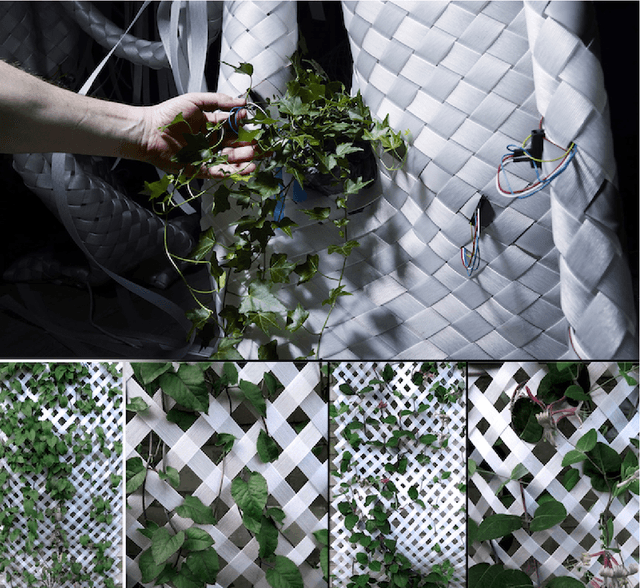
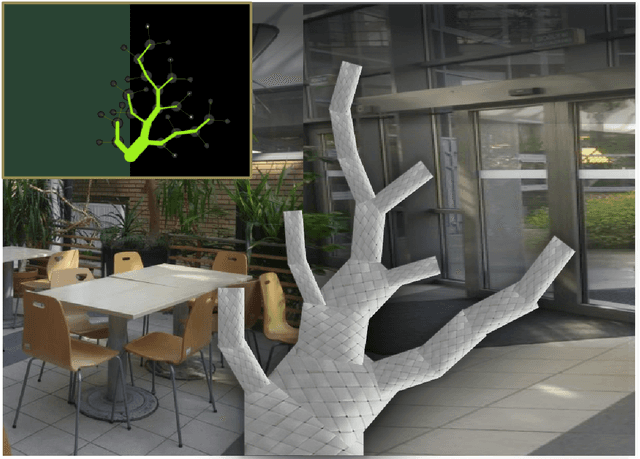
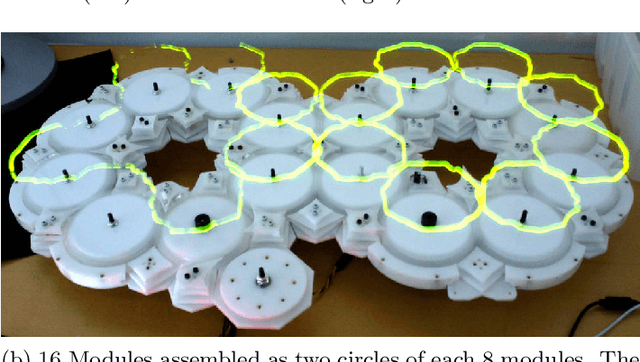
Abstract:Key to our project flora robotica is the idea of creating a bio-hybrid system of tightly coupled natural plants and distributed robots to grow architectural artifacts and spaces. Our motivation with this ground research project is to lay a principled foundation towards the design and implementation of living architectural systems that provide functionalities beyond those of orthodox building practice, such as self-repair, material accumulation and self-organization. Plants and robots work together to create a living organism that is inhabited by human beings. User-defined design objectives help to steer the directional growth of the plants, but also the system's interactions with its inhabitants determine locations where growth is prohibited or desired (e.g., partitions, windows, occupiable space). We report our plant species selection process and aspects of living architecture. A leitmotif of our project is the rich concept of braiding: braids are produced by robots from continuous material and serve as both scaffolds and initial architectural artifacts before plants take over and grow the desired architecture. We use light and hormones as attraction stimuli and far-red light as repelling stimulus to influence the plants. Applied sensors range from simple proximity sensing to detect the presence of plants to sophisticated sensing technology, such as electrophysiology and measurements of sap flow. We conclude by discussing our anticipated final demonstrator that integrates key features of flora robotica, such as the continuous growth process of architectural artifacts and self-repair of living architecture.
 Add to Chrome
Add to Chrome Add to Firefox
Add to Firefox Add to Edge
Add to Edge